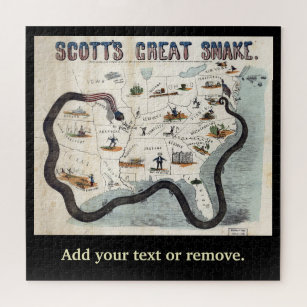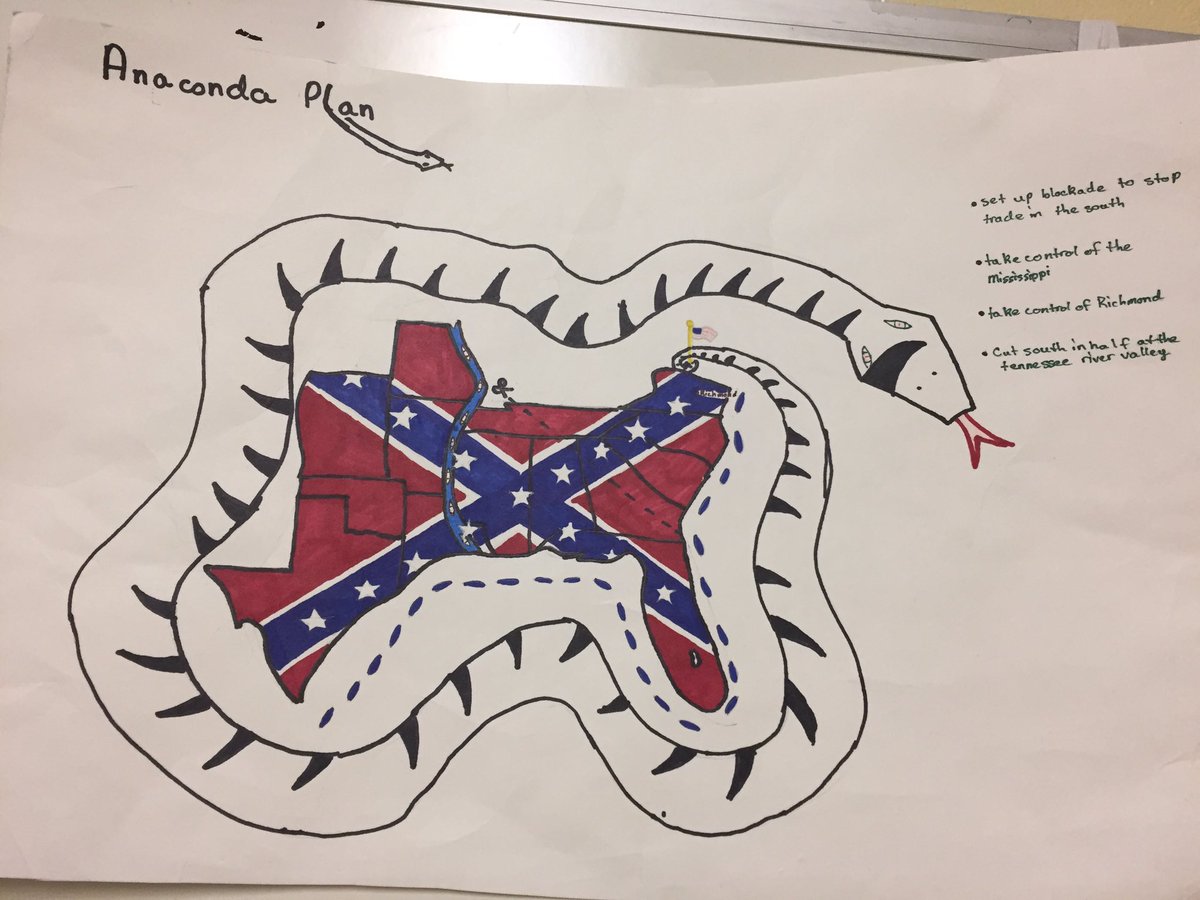


Ridiculed in the press as the " Anaconda Plan," after the South American snake that crushes its prey to death, this strategy ultimately proved successful. Moreover, why was the Anaconda plan successful? Two main elements of the eventual Union victory were the blockade and seizure of the Mississippi River. Likewise, did they use the Anaconda Plan? While Winfield Scott's Anaconda Plan was never officially adopted, it did serve as a framework for what eventually occurred throughout the Civil War. Divide the South by controlling the Mississippi River to cut the South off from the west.Blockade the coast of the South to prevent the export of cotton, tobacco, and other cash crops from the South and to keep them from importing much needed war supplies.The plan was adopted in 1862, involving 4 main parts: This would cut off and isolate the south from the outside world.Īlso question is, what were the three main goals of the Anaconda Plan? The main purpose of the Anaconda plan was to defeat the rebellion by blockading southern ports and controlling the Mississippi river. South America in eastern Bolivia, southern Brazil, Paraguay and northeastern Argentina.The Anaconda Plan was the Union's strategic plan to defeat the Confederacy at the start of the American Civil War. South America in countries east of the Andes, including Colombia, Venezuela, the Guianas, Ecuador, Peru, Bolivia, Brazil and on the island of Trinidad. South America in northeastern Brazil and coastal French Guiana. South America in the Departments of Beni and Pando in Bolivia. There are four species in the genus Eunectes: They eat small rodents (like rats and mice), baby birds, frogs and small fish.


The young (called neonates) can care for themselves soon after birth, including hunting (but are pretty much defenseless against large predators). After eating a large animal, the anaconda needs no food for a long time, and rests for weeks. Anacondas eat pigs, deer, caiman (a type of crocodilian), birds, fish, rodents (like the capybara and agouti), and other animals. Snakes do not chew their food, they digest it with quite strong acids in the snake's stomach. The anaconda's top and bottom jaws are attached to each other with stretchy ligaments, which let the snake swallow animals wider than itself. Like all snakes, they swallow the prey whole, head first. Anacondas kill by constricting (squeezing) the prey until it can no longer breathe. Anaconda eat 4 to 5 times year because it takes 3 to 4 months to digest their food.


 0 kommentar(er)
0 kommentar(er)
